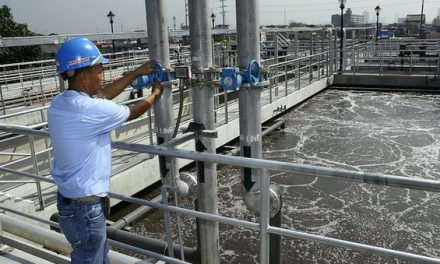
The economy keeps shrinking, or does it really?

So the second quarter Gross Domestic Product statistics threw us all a curved ball. Contracting by another 1.7%, year on year, it re-inforced our worst fears that a so-called tailspin is unavoidable.
However, there are a few points I want to lift out to place the quarterly data in perspective.
The first is that the first quarter contraction has been revised upwards (less negative) from -2.7% to -1.7%. For the layman this looks like a one percent adjustment but that is a percentage point. For those so inclined, it is worth taking note that this is actually a 37% adjustment.
The second important consideration is that only four sectors contracted. Were it not for construction, wholesale/retail, hotels & restaurants, and fishing, chances are excellent that we would have had a positive second quarter.
In the third place, we need to consider the overbearing impact of only two components.
Construction, for instance did not contract by a five or a ten percent but by a whopping 52%. That alone indicates that the overall or average is highly distorted. But it is not as if the problems in construction are new or unexpected, they are more or less what we anticipated. I am concerned about this figure but at some point the sector will normalise if it has not done so already.
One must not forget that construction was heavily bloated after six years of unprecedented stoking. At some point consolidation became inevitable although I am the first person to acknowledge that it would have been less damaging and disruptive if the government had planned and executed better.
While the gravy train was running, every second bricklayer became a contractor, received a tender or a sub-contract, and pocketed the benefits. Now the chickens have come home to roost, both for the government and for the fly-by-nights and only the serious players will remain. Then we will have a normal construction sector contributing its normal share to GDP. That will be before the end of the year.
The sub-component that also distorts the headline figure is the decline in new vehicle sales of almost 25%. This was also according to trend and I would not be too concerned. Vehicle sales are still more or less the same by volume as in 2012/2013, so it is more rational to strip the 2014 to 2016 data out of the graph and form an opinion of what is reasonable for vehicle sales under “normal” uninflated conditions.
The only sector contraction that really worries me is fishing which shrunk by 10%. I do not know why this is so as I am unaware of any adverse climate or bio-source conditions, other than those we know of. I am wondering if the fiddling with fishing rights and quotas is not perhaps the most important contributing factor but I am only spiffballing, I do not now for sure.
When an economy declines, it is usually after robust growth or after a serious disruption. We have had both. So, while there was already a noticeable decline quarter on quarter between the first and second quarters in 2016, GDP growth was still positive. The real bollies only hit the fan in the third quarter last year. Were one to present this on a graph, it will be a simple parabolic curve with the trough somewhere between the third and fourth quarters last year.
For this reason, when an economy is on the mend, it is better to compare the quarters as mirror images pivoting around the trough. So, a more useful comparison is to compare the first quarter of 2017 with the last quarter of 2016, back to back, or quarter on quarter to be technically more correct. This approach requires then that the second quarter 2017 must be compared to the third quarter of 2016.
Following conventional statistics and economics of comparing first to first and second to second, leads to a distorted view under current conditions. Remember, for the first quarter of last year, the gravy train was still steaming ahead full steam. The first two quarters of this year, definitely not.
If it is any consolation, we are now at the end of a low base period which means even meagre growth in the third quarter will appear bigger than the real trend. The third quarter 2016 was so bad, even a poor third quarter 2017 should statistically appear to be better.
And finally, let us wait for the third quarter stats before we go all doom and gloom. When those are published, the second quarter data will have been updated and revised, and then maybe, even the second quarter would not be so bad.
I am ten times more concerned about the astronomical rise in Namfisa levies than about the economy. The economy is on the mend and I agree with the finance minister, there are green shoots everywhere.
Special acknowledgement to the Economics Association of Namibia and to PSG Research for leaning in part on their respective analyses.










































